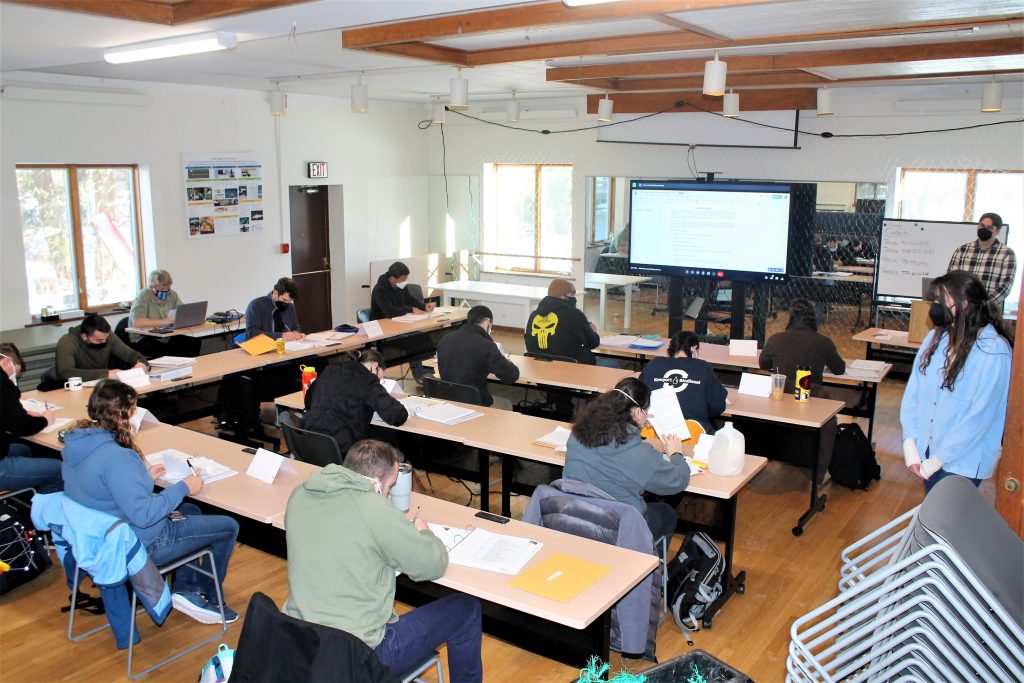February 29, 2024 — Alaska fishermen and industry representatives have been concerned with the cost of electronic monitoring. Senate Bill 209 put in place would allow the Board of Fisheries in AK to require electronic monitoring within state fisheries. Gov. Mike Dunleavy introduced the bills last month, making it possible to use electronic monitoring instead of mandatory observers aboard fishing vessels.
The Alaska Department of Fish and Game would manage the program. According to KFSK, commissioner Doug Vincent-Lang told the Senate Labor and Commerce Committee that the bill is meant to create another tool for fisheries enforcement.
“I think the question comes down to right now, the only tool that the board has, when they’re concerned about a fishery, and the potential for some violation occurring in that fishery, is to put an observer on board. They don’t have any other options. I think adding this tool to the toolbox gives the board another option.” Vincent-Lang shared.

